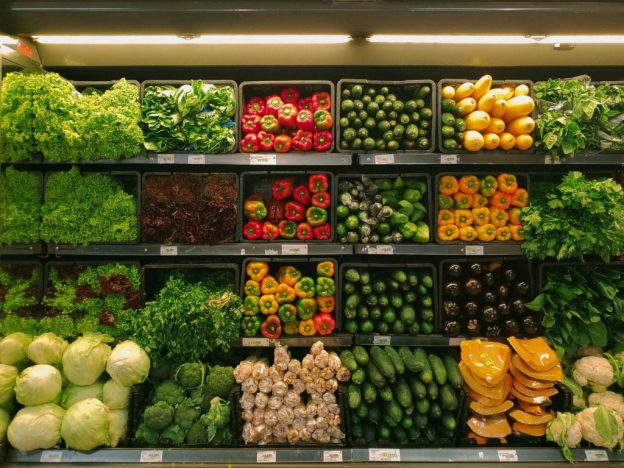Whether you are considering opening a food store, or you have been searching for the perfect location to open one, there are many important things to consider. In this article, you will learn the Business model, Size, and number of employees necessary to successfully launch a grocery store. We will also go over the costs of running a food store, and how to select the right location for your business. Read on to learn about the various factors you should consider when opening a grocery store.
Cost of food
With inflation soaring in the United States and supply chain issues plaguing farmers, the cost of food at the food store is getting higher by the day. Items such as chicken breast and bacon are up 25% or more over last year. And while these price hikes can be traced to a variety of reasons, such as poor weather and supply chain problems, food prices continue to rise. The average food bill has increased 7.4% since January 2021.
Business model of a grocery store

Whether the supermarket chain focuses on selling private label products or stocks staple items, consumers have a choice of both models. The traditional inventory model requires a warehouse and all the costs associated with transportation and quality controls, but with the advent of online shopping, this model is looking increasingly optimistic. Online grocery stores like Amazon and eBay are offering a wide range of products that consumers have long sought after, and the inventory model is a good fit for both.
Size of a grocery store
While the average size of a grocery store used to be 40,000 square feet, many modern supermarkets measure under 20,000 square feet. Some even measure less than that. While a typical grocery store brings in $14 million in revenue per square foot, smaller stores can fit in a densely populated urban area, a college campus, or a suburban town. The size of a grocery store is also important for its location, as many millennials prefer quick-stop stores over megamarts.
Employees in a grocery store
While some people may see this kind of job as a glamorous one, employees in a grocery store face numerous challenges and long hours. The physical demands of this job are high and the chances of getting COVID-19 are high. A successful recruitment process should be based on personality and other relevant factors. If the job requires clerical work, a personality questionnaire will help identify the right candidates for the job. It is also important to hire candidates who are loyal to their employer and willing to stay in the long run.
Traffic patterns in a grocery store
If you want your store to have better traffic flow, you should consider rearranging the traffic patterns in the store. If the cash wrap is in the front of the store, this can lead to a traffic jam, and shoppers will be forced to squeeze past others. In addition, they will leave the store rather than push through. Here are some ways to improve traffic flow in a grocery store:
Availability of healthy foods in low-income neighborhoods
Across the United States, 23.5 million people live in neighborhoods far from supermarkets. These residents spend significantly more time traveling to the store than the national average. Federal initiatives are taking place to improve access to healthful foods in low-income communities. Among these efforts, the availability of fruits and vegetables has increased. Across the three communities, healthy foods were available at five out of six supermarkets, while there were none in one neighborhood.

